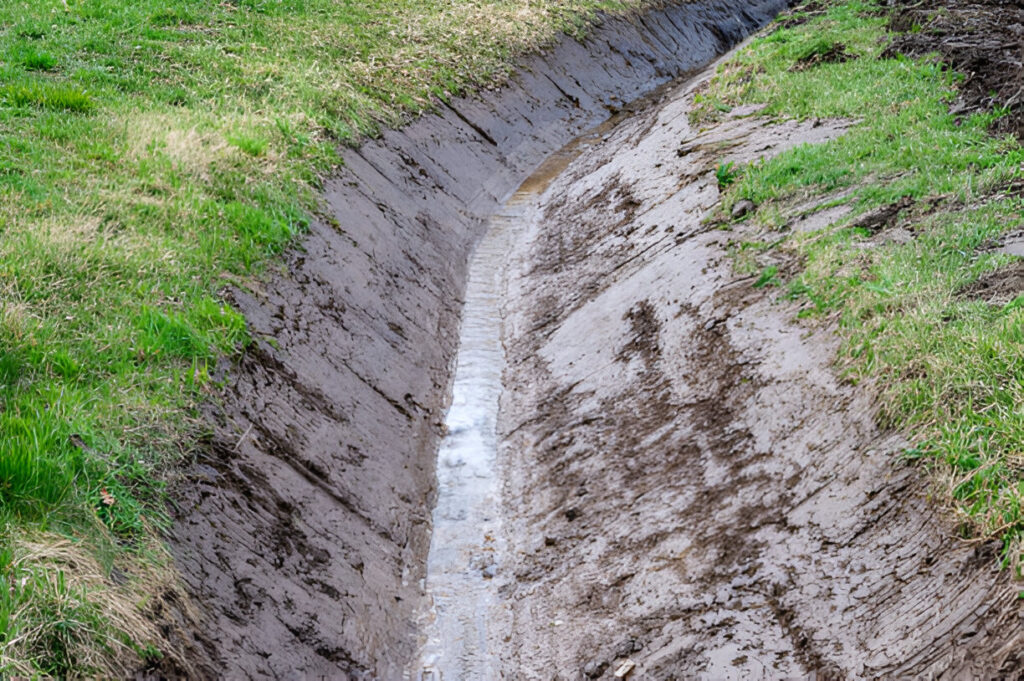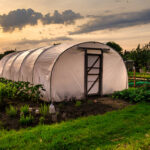Erosion is a natural process that occurs when soil is worn away by wind, water, or other forces. While this phenomenon is often associated with large-scale landforms, it can also impact residential yards, especially in areas with heavy rainfall, high winds, or sloping terrains.
For homeowners with erosion-prone yards, managing soil loss is not just about maintaining the appearance of their landscape—it’s also about preventing long-term damage to their property and ensuring the safety and stability of their outdoor spaces. Fortunately, there are several effective solutions to help tame erosion and protect your yard.
Understanding the Causes of Erosion
Before diving into solutions, it’s important to understand the causes of erosion in yards. The most common contributors to erosion are:
- Heavy Rainfall: Intense rain can cause water to flow over the surface of your yard, carrying soil with it.
- Wind: In dry, windy areas, soil can be easily blown away, especially if the ground is bare or poorly vegetated.
- Poor Drainage: When water doesn’t drain properly, it can pool in certain areas of your yard, causing soil to shift and erode over time.
- Slopes: Yards with significant slopes are particularly vulnerable to erosion, as gravity naturally pulls water and soil downhill.
- Lack of Vegetation: Without plants or grass to hold the soil in place, erosion becomes much more likely.
1. Plant Ground Cover
One of the most effective ways to prevent erosion is by planting ground cover. Plants, especially grass, play a critical role in stabilizing the soil. Their roots anchor the soil, helping to reduce the impact of rainfall and prevent soil from being carried away. Some great ground cover options for erosion-prone yards include:
- Grasses: Tall fescue, bluegrass, and Bermuda grass are excellent choices for preventing erosion. They grow quickly, form dense mats, and are hardy in various conditions.
- Ground Covers: Low-growing plants such as creeping thyme, clover, and creeping Jenny can spread across the ground and provide additional protection.
- Native Plants: Native plants have deep root systems and are well-adapted to local climates, making them great choices for erosion control.
If your yard has sloped areas, planting grass or other vegetation can significantly reduce the risk of erosion by absorbing water and allowing it to flow more slowly.
2. Install Erosion Control Blankets
Erosion control blankets are woven mats made of natural materials, such as straw, coir (coconut fiber), or jute, that are laid over bare soil to protect it from erosion. These blankets are particularly useful in areas where vegetation is still establishing itself or during the early stages of planting.
Erosion control blankets help reduce the impact of rainfall by slowing down the movement of water, while also preventing wind from carrying away the soil. They allow grass and other plants to grow through the blanket, further enhancing the stability of the soil. Over time, the blankets break down naturally, leaving behind a stabilized surface.
3. Build Retaining Walls
In yards with steep slopes, retaining walls can be a highly effective solution for preventing erosion. These walls act as barriers to hold back soil and prevent it from washing away. Retaining walls are particularly useful on hillsides or along the edges of driveways, patios, or garden beds.
There are various types of retaining walls to choose from, depending on your budget and aesthetic preferences:
- Stone Walls: Stone walls, made from durable and natural materials, seamlessly integrate into the landscape, enhancing the aesthetic of any outdoor space. In Salt Lake City, incorporating river rock landscaping adds a rustic yet refined touch, complementing the natural beauty of the environment.
- Timber Walls: Timber is a more affordable option that works well for smaller areas.
- Brick or Concrete Walls: These materials are stronger and more versatile, especially for larger projects.
When building a retaining wall, ensure that it is properly constructed with adequate drainage behind it. Otherwise, water can accumulate behind the wall, leading to instability and erosion. Consulting a retaining wall builder washington, mo can help ensure a sturdy and professionally designed structure that enhances both functionality and aesthetics.
4. Install French Drains or Drainage Systems
Poor drainage is one of the key causes of erosion. When water collects in certain areas of your yard, it can erode the soil, especially if it’s constantly moving downhill. Installing a French drain or other drainage system can help direct water away from vulnerable areas and prevent erosion.
A French drain is a trench filled with gravel and a perforated pipe that redirects water away from your yard. By channeling water into a safe area, such as a dry creek bed or stormwater drain, you can prevent it from pooling and causing soil erosion.
Alternatively, you can install swales, which are shallow, vegetated ditches designed to redirect water flow. Swales are often used in conjunction with other erosion control methods like retaining walls and ground cover.
5. Use Mulch or Rock for Surface Protection
For areas of your yard that are particularly vulnerable to erosion, such as flower beds or garden paths, consider applying mulch or rock. Mulch, whether it’s wood chips, straw, or leaves, can help protect the soil from wind and water erosion. It also retains moisture, which promotes healthy plant growth.
In addition to mulch, rocks and gravel can be used to line walkways, garden beds, or even slopes. These materials prevent soil from washing away and can be aesthetically pleasing when placed in the right areas.
In Conclusion
Erosion can be a significant challenge for homeowners, but with the right solutions, it is possible to protect your yard from soil loss and keep your landscape healthy. From planting ground cover and installing erosion control blankets to building retaining walls and improving drainage, there are various strategies you can use to tame erosion. By taking proactive steps, you can ensure that your yard remains stable, beautiful, and erosion-free for years to come.



